
How to Use XL-10AH: Examples, Pinouts, and Specs
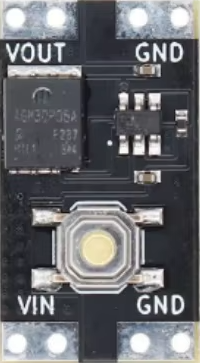
 Design with XL-10AH in Cirkit Designer
Design with XL-10AH in Cirkit DesignerIntroduction
The XL-10AH is a lead-acid battery designed for reliable power storage and delivery. It is commonly used in applications requiring a stable and consistent voltage supply. With its robust design and dependable performance, the XL-10AH is ideal for use in uninterruptible power supplies (UPS), emergency lighting systems, solar energy storage, and small-scale electric vehicles. Its versatility and durability make it a popular choice for both industrial and consumer applications.
Explore Projects Built with XL-10AH
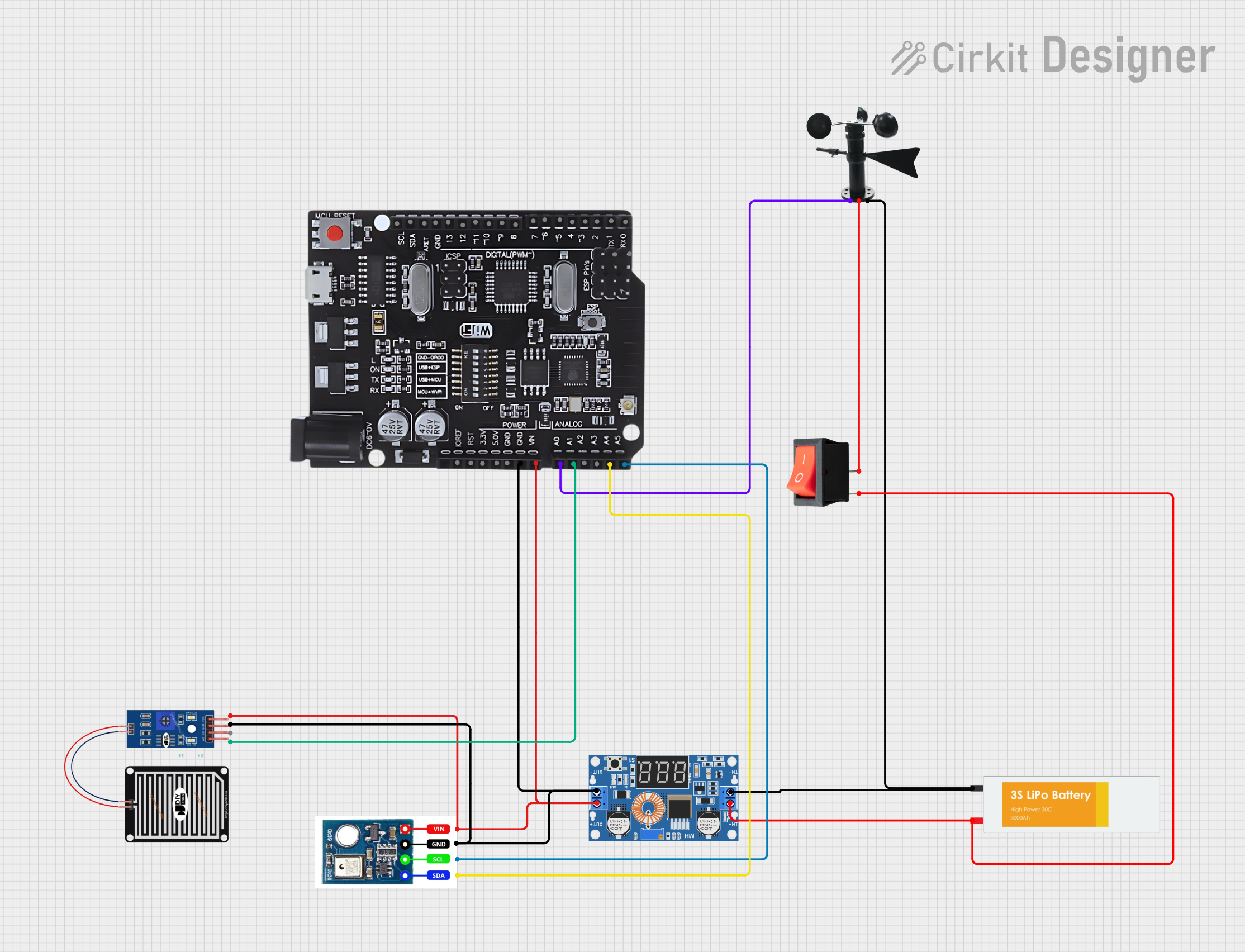
 Open Project in Cirkit Designer
Open Project in Cirkit Designer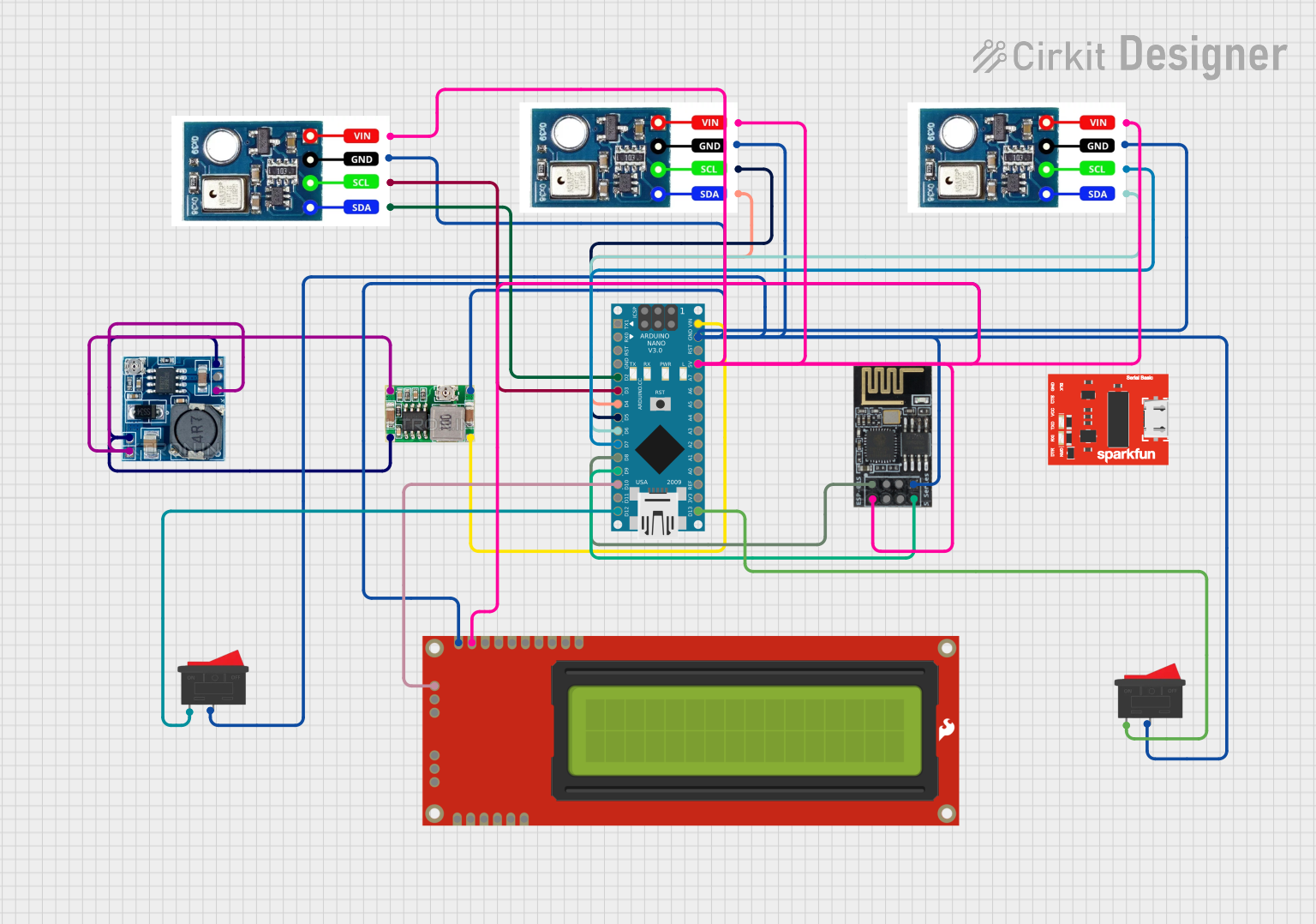
 Open Project in Cirkit Designer
Open Project in Cirkit Designer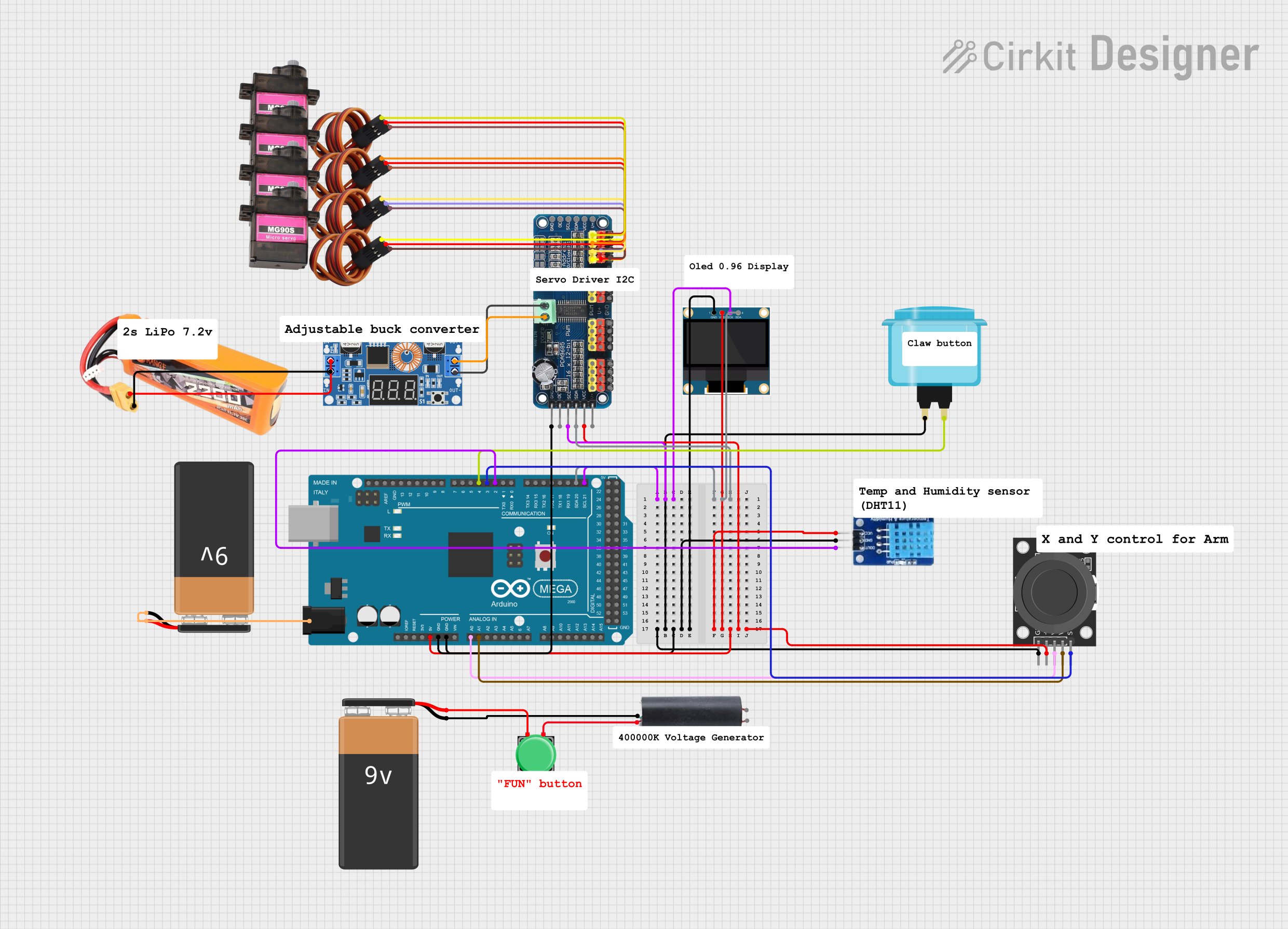
 Open Project in Cirkit Designer
Open Project in Cirkit Designer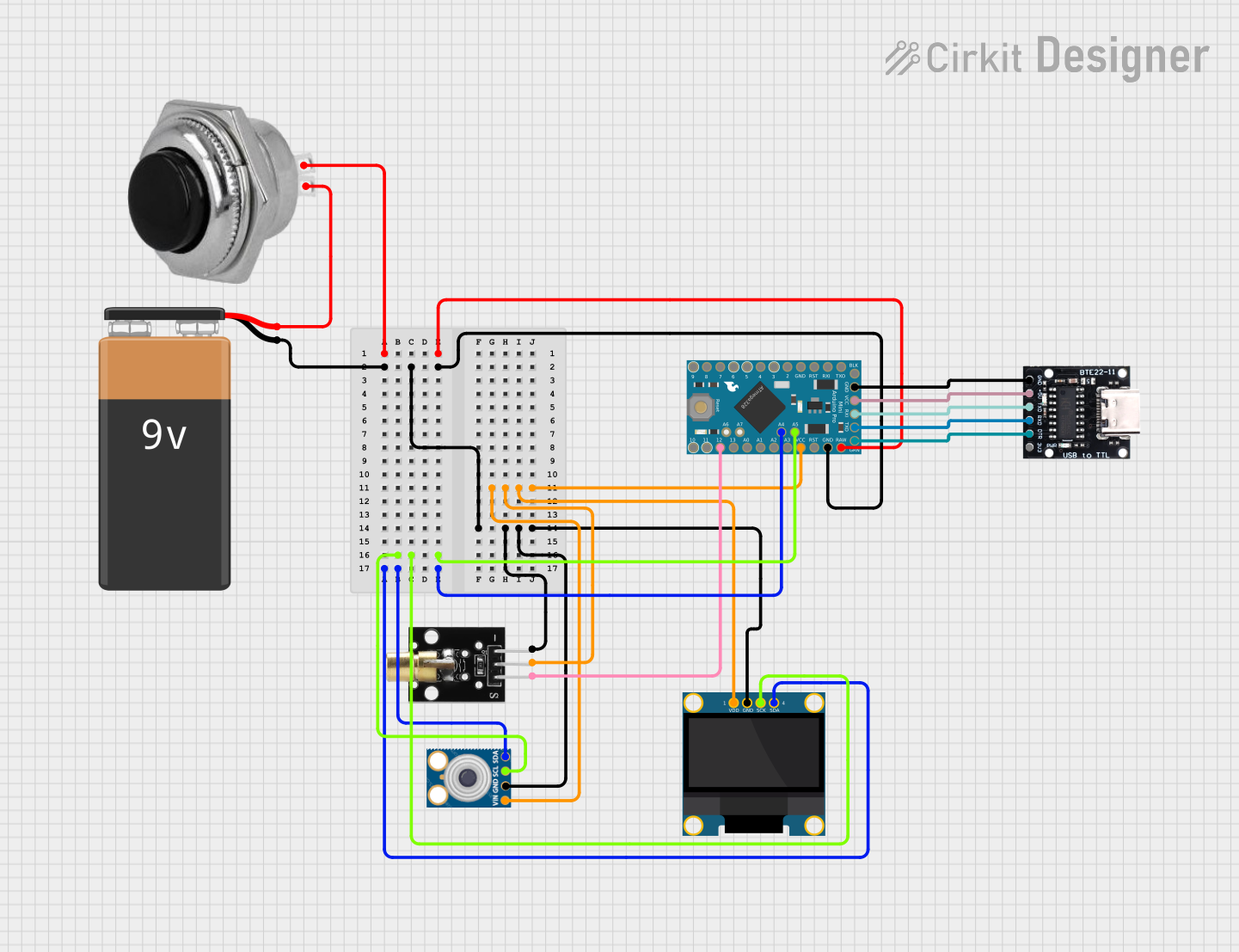
 Open Project in Cirkit Designer
Open Project in Cirkit DesignerExplore Projects Built with XL-10AH

 Open Project in Cirkit Designer
Open Project in Cirkit Designer
 Open Project in Cirkit Designer
Open Project in Cirkit Designer
 Open Project in Cirkit Designer
Open Project in Cirkit Designer
 Open Project in Cirkit Designer
Open Project in Cirkit DesignerTechnical Specifications
The following table outlines the key technical specifications of the XL-10AH battery:
| Parameter | Specification |
|---|---|
| Battery Type | Lead-Acid |
| Nominal Voltage | 12V |
| Capacity | 10Ah |
| Maximum Discharge Current | 10A |
| Charging Voltage | 13.5V - 13.8V |
| Float Voltage | 13.5V |
| Operating Temperature | -20°C to 50°C |
| Dimensions (L x W x H) | 151mm x 65mm x 94mm |
| Weight | ~3.2kg |
| Terminal Type | F2 (Faston Tab 6.3mm) |
Terminal Configuration
The XL-10AH battery features two terminals for electrical connections. The table below describes the terminal configuration:
| Terminal | Description |
|---|---|
| Positive (+) | Connects to the positive side of the circuit |
| Negative (-) | Connects to the negative side of the circuit |
Usage Instructions
How to Use the XL-10AH in a Circuit
- Determine the Load Requirements: Ensure the connected load does not exceed the battery's maximum discharge current of 10A.
- Connect the Terminals:
- Attach the positive terminal of the battery to the positive input of your circuit.
- Attach the negative terminal of the battery to the negative input of your circuit.
- Charging the Battery:
- Use a compatible lead-acid battery charger with a charging voltage of 13.5V to 13.8V.
- Avoid overcharging by monitoring the float voltage (13.5V) during long-term charging.
- Safety Precautions:
- Always connect the battery in the correct polarity to prevent damage to the circuit or battery.
- Avoid short-circuiting the terminals, as this can cause overheating or damage.
Important Considerations and Best Practices
- Ventilation: Ensure proper ventilation around the battery to prevent the buildup of gases during charging.
- Temperature: Operate the battery within the specified temperature range (-20°C to 50°C) to maintain performance and longevity.
- Storage: Store the battery in a cool, dry place when not in use. Recharge the battery every 3-6 months to prevent self-discharge.
- Disposal: Dispose of the battery responsibly at a certified recycling facility to comply with environmental regulations.
Example: Using the XL-10AH with an Arduino UNO
The XL-10AH can be used to power an Arduino UNO in portable applications. Below is an example circuit and code to read a sensor value while powered by the XL-10AH:
Circuit Setup
- Connect the positive terminal of the XL-10AH to the VIN pin of the Arduino UNO.
- Connect the negative terminal of the XL-10AH to the GND pin of the Arduino UNO.
- Attach a sensor (e.g., a temperature sensor) to the Arduino as per the sensor's datasheet.
Example Code
// Example code to read a temperature sensor value using Arduino UNO
// Ensure the XL-10AH battery is properly connected to the Arduino VIN and GND pins
const int sensorPin = A0; // Analog pin connected to the sensor
float voltage; // Variable to store the sensor voltage
float temperature; // Variable to store the calculated temperature
void setup() {
Serial.begin(9600); // Initialize serial communication at 9600 baud
}
void loop() {
int sensorValue = analogRead(sensorPin); // Read the sensor value
voltage = sensorValue * (5.0 / 1023.0); // Convert to voltage (5V reference)
// Example conversion: Assuming 10mV per degree Celsius
temperature = voltage * 100.0; // Convert voltage to temperature
// Print the temperature to the Serial Monitor
Serial.print("Temperature: ");
Serial.print(temperature);
Serial.println(" °C");
delay(1000); // Wait for 1 second before the next reading
}
Troubleshooting and FAQs
Common Issues
Battery Not Charging:
- Cause: Incorrect charger or damaged battery.
- Solution: Verify the charger output voltage (13.5V - 13.8V) and check the battery terminals for corrosion or damage.
Battery Drains Quickly:
- Cause: Excessive load or aging battery.
- Solution: Ensure the load does not exceed the battery's capacity. Replace the battery if it has reached the end of its lifespan.
Overheating During Use:
- Cause: High discharge current or poor ventilation.
- Solution: Reduce the load or improve ventilation around the battery.
Arduino Not Powering On:
- Cause: Incorrect wiring or insufficient voltage.
- Solution: Check the connections to the VIN and GND pins. Ensure the battery is fully charged.
FAQs
Q: Can the XL-10AH be used in series or parallel configurations?
A: Yes, the XL-10AH can be connected in series to increase voltage or in parallel to increase capacity. Ensure all batteries are of the same type and charge level before connecting.
Q: How long does the XL-10AH battery last?
A: The lifespan depends on usage and maintenance. Typically, it lasts 3-5 years with proper care.
Q: Is the XL-10AH safe for indoor use?
A: Yes, but ensure proper ventilation to prevent gas buildup during charging.
Q: Can I use a solar panel to charge the XL-10AH?
A: Yes, as long as the solar charge controller regulates the voltage to 13.5V - 13.8V.